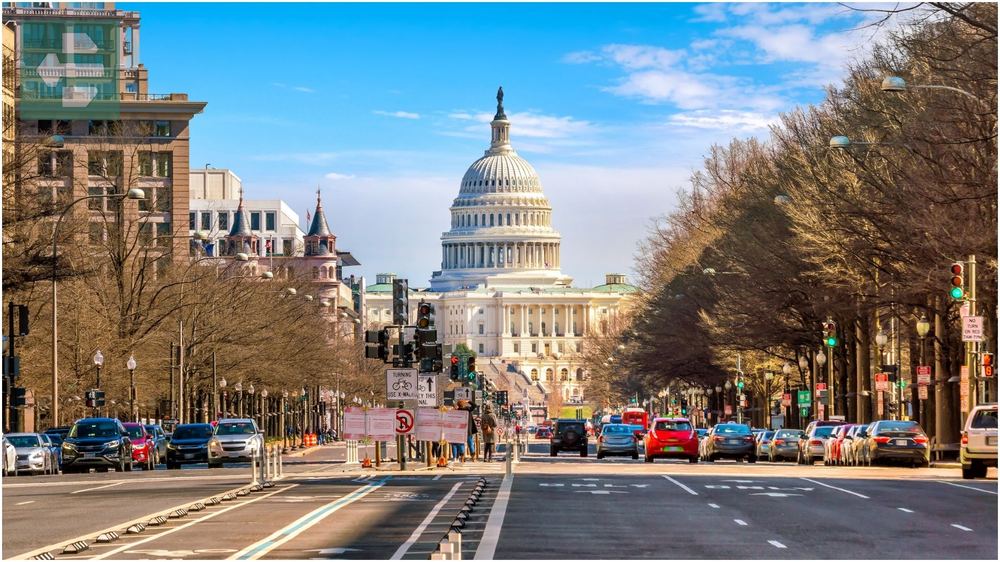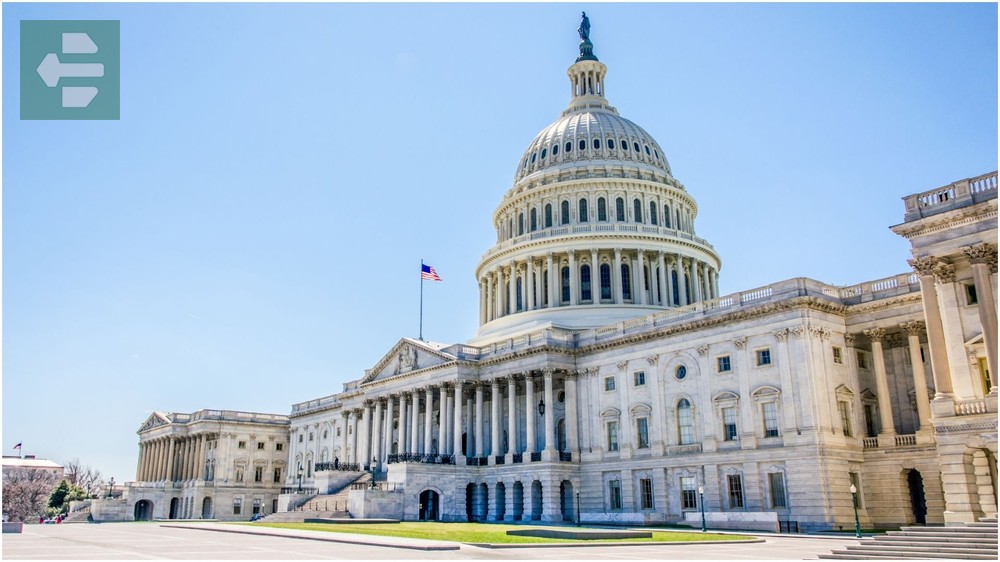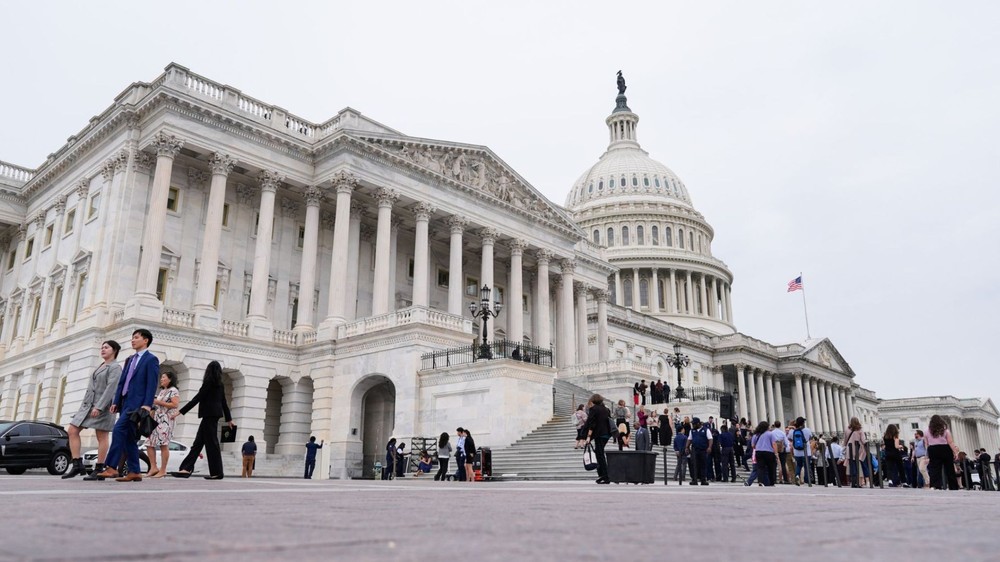Washington, D.C. — The United States federal government officially shut down at 12:01 a.m. EDT on Wednesday, October 1, 2025, marking the first closure in nearly seven years and plunging the nation into uncertainty as hundreds of thousands of federal employees face furloughs or unpaid work.
The shutdown commenced after Senate Democrats and Republicans failed to reach a consensus on a temporary funding measure to sustain government operations for the new fiscal year. This represents the 21st funding gap in modern U.S. history and the third government shutdown during a Trump presidency.
List of Contents
What is a Government Shutdown?
A government shutdown occurs when Congress fails to pass appropriations legislation or a continuing resolution to fund federal operations. The Antideficiency Act prohibits federal departments from conducting non-essential operations without approved funding, forcing agencies to cease non-critical functions.
Federal workers deemed non-essential are furloughed—temporarily suspended from work without pay—while essential employees must continue working without immediate compensation.

What Led to This Shutdown?
The current impasse centers on partisan disagreements over healthcare policy, specifically enhanced Affordable Care Act premium subsidies. Senate Majority Leader Chuck Schumer and House Minority Leader Hakeem Jeffries have insisted that any interim funding legislation must include an extension of enhanced tax credits under Obamacare, which are set to expire and would result in increased insurance premiums for millions of Americans.
Republicans passed a continuing resolution in the House on September 19 by a vote of 217-212, which would have extended funding at current levels until November 21, 2025. However, Senate Democrats blocked the legislation, and Republicans were unable to overcome the 60-vote filibuster threshold required for passage. Despite President Trump meeting with congressional leaders at the White House on September 29, the discussions failed to produce an agreement.
Impact on Federal Workers
Approximately 900,000 federal employees have been furloughed, while another 700,000 are required to work without pay. Under legislation passed in 2019, most furloughed federal employees will receive retroactive pay once government operations resume, though this protection does not extend to contract workers.
Active-duty military personnel, FBI and CIA agents, air traffic controllers, and border security staff continue their duties but will not receive paychecks until funding is restored.
President Trump has indicated his administration might implement “irreversible, adverse actions” during the shutdown, including potential permanent terminations of federal workers.

What Services Are Affected?
Essential services protecting life and property remain operational during the shutdown. The FBI, CIA, air traffic control, National Guard, and border security personnel continue working. Social Security payments, Medicare, Medicaid, veterans' healthcare, and postal services also continue.
However, numerous agencies face partial or complete suspensions. The National Institutes of Health, Centers for Disease Control and Prevention, and WIC program have halted or significantly reduced operations.
National parks may close, immigration hearings face cancellation, and federal loans for homebuyers and small businesses experience delays. The Department of Education plans to furlough approximately 95% of staff not working on federal student aid during the first week.
Historical Context
The last government shutdown occurred from December 22, 2018, to January 25, 2019, lasting 35 days—the longest in U.S. history. That shutdown stemmed from President Trump's demand for $5.7 billion in federal funding for a U.S.-Mexico border wall.
The Congressional Budget Office estimated that shutdown cost the American economy at least $11 billion, with the government losing $3 billion in back pay for furloughed workers and $2 billion in lost tax revenues.
Since 1976, the U.S. has experienced 20 funding gaps, though prolonged shutdowns remain relatively rare. The previous record was a 21-day shutdown in 1995-1996 during the Clinton administration.

Political Blame Game
Both parties have aggressively blamed each other for the closure. Immediately after midnight, the White House launched a webpage titled “Democrats Have Shutdown the Government” featuring a timer tracking the shutdown duration. Republicans argue that Democrats must accept a clean seven-week funding extension without additional demands.
Democrats counter that Republicans control the White House, House of Representatives, and Senate, making this a Republican shutdown. California Governor Gavin Newsom and former Vice President Kamala Harris have both stated that President Trump and Congressional Republicans bear responsibility for the funding lapse.
What Happens Next?
Uncertainty remains regarding how long the shutdown will continue and what compromises might emerge. Vice President JD Vance stated before the deadline that he believed a shutdown was imminent while blaming Democrats for the impasse. Trump indicated at the White House just before midnight that “we don't want it to shut down,” yet appeared unable to broker a deal between the parties.
The economic repercussions are expected to extend across the country, affecting everything from federal contractor payments to reduced economic growth. Past shutdowns have demonstrated that prolonged closures create mounting pressure on lawmakers to reach agreements, particularly as security and safety concerns escalate.





